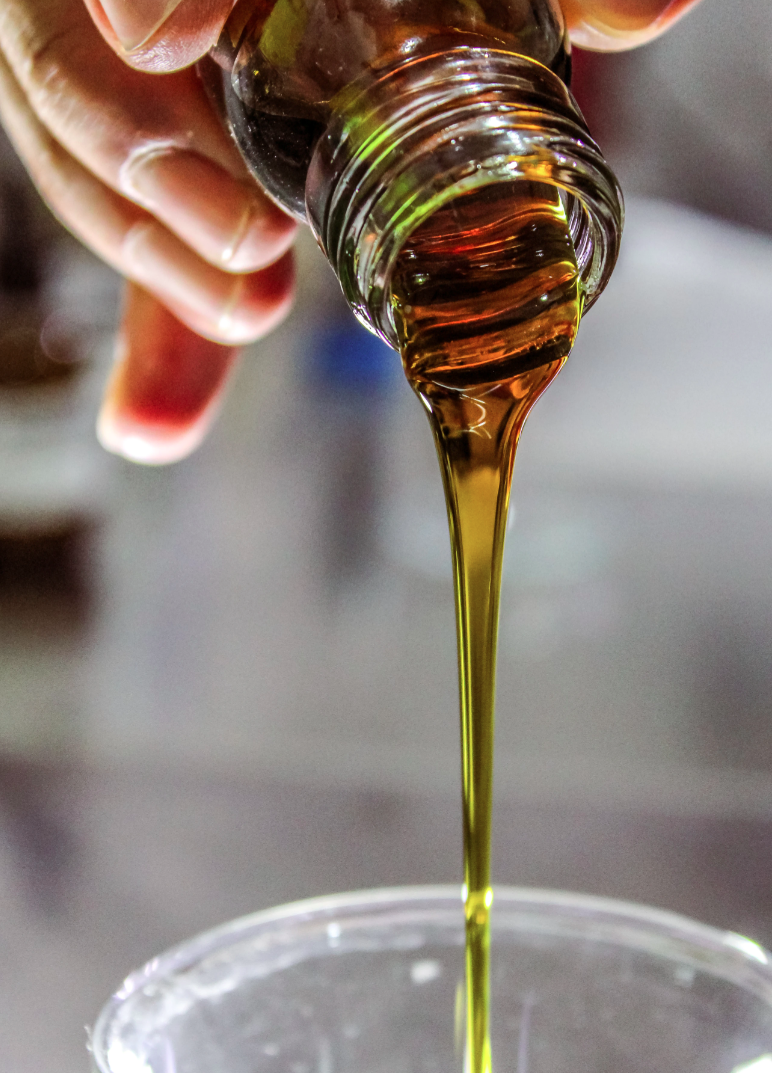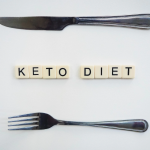Many businesses promote the use of probiotics, or live bacteria, to replenish the proper bacterial ecosystems in our guts. Even if some of these communities or strains may already be present in your gut, the improper diet will be preventing their expansion. Therefore, it is more crucial to lay the groundwork for a healthy gut flora through a diet rich in fiber and other foods with a healthy variety. In turn, this will nourish and encourage the diversity and growth of the beneficial “good” bacteria for a healthy gut. Among the essential meals to watch out for are:
Olive Oil
One of the healthiest fats known to man is found in olive oil, which is rich in a variety of polyphenols and antioxidants that help reduce inflammation in the stomach and other parts of the body. The fact that olive oil quality fluctuates and that certain lower-quality versions may be produced using chemicals or blended with less expensive oils is a significant issue. Therefore, it’s crucial to purchase extra virgin olive oil of the proper variety from a reputable brand or supplier. Fish Olive oil and oily fish both provide healthy lipids that reduce inflammation. Omega 3 is the main component of oily fish and is widely known for its health advantages. However, the amount of omega-3 in various fish species varies significantly. Fish captured in the wild as opposed to those raised in aquaculture will contain more of the fatty acid.
Following are the approximate omega-3 oil contents by type of fish: Salmon (1.1%), trout (1.6%), herring (1.5%), sardines (1.4%), mackerel (1.8%), and albacore tuna (1.3%) make up Group I. Halibut (0.6%), river trout (0.5%), and catfish (0.4%) make up Group II. Cod (0.3%), snapper (0.2%), and water-packed tuna (0.2%) make up Group III. Meat: The amount of meat in your diet should be decreased, as stated in section 2, to make room for more plant-based meals. However, this does not mean meat should be completely avoided; rather, it is vital to consider the quality and source of the meat. For instance, beef that is only fed grass has twice as much omega-3 fatty acids as beef that is raised intensively, yet this still pales in contrast to mackerel or trout. The absence of antibiotics and the fact that well-managed pastures result in agriculture that is typically less energy- and pollution-intensive and more compassionate are better reasons to choose organic meat.

If we want to improve and maintain the health of our gut, plants must play a large role in our diet and should make up the majority of what we eat. We advise eating a wide variety of fruits and vegetables to support the diversity of our gut flora and to give our bodies the fiber they require to feed their microorganisms and keep their digestive tracts clean. However, some fruits and vegetables are more advantageous than others in terms of phytonutrients: Phytonutrients, which are naturally occurring bioactive substances that give fruits and vegetables their colors, are found in the skins of the majority of vegetables. All of these bioactive substances support the development of various strains and species of microorganisms, including Bifidobacteria and Lactobacilli, which all contribute to a healthy gut. In response, the expanded variety of our gut microorganisms aids in the extraction of additional phytonutrients from our diet, encouraging further development and raising the body’s absorption of these advantageous substances.
Phytonutrients are plentiful in sources like: Cruciferous Plants cruciferous vegetables, such as broccoli, cauliflower, and cabbage. include amino acids that are necessary for the synthesis of glucosinolates, sulfur-containing metabolites that are crucial for the creation of glutathione, a key antioxidant. Brassicas, however, may not be ideal for people who have leaky gut or gut inflammation since sulphur, while essential for a typical healthy gut, can also aggravate inflamed stomachs.
The overall health advantages of blueberries are well known, and they also promote the growth of “good” bacteria like Bifidobacterium and Lactobacillus. Grassy Leaves Magnesium, manganese, and potassium are just a few of the vital elements found in leafy greens like spinach, kale, and lettuce. A good source of follate is spinach. Black and green teas According to studies, drinking black and green tea increases the amount of “good” bacteria linked to lean body mass while decreasing the amount of germs linked to fat. While the polyphenols in green tea are more readily absorbed, tea is a good source of polyphenols. Allium Plants Alliums, phytonutrients, and allyl sulfur compounds are abundant in leeks, white onions, shallots, and garlic. Particularly garlic is well known as a cure for eliminating “bad” bacteria.
Artichokes of Jerusalem This fiber, which is high in inulin, a soluble fiber that avoids the small intestine and travels to the colon mainly undigested, is fermented by and nourishes our good bacteria. If your gut is sensitive or irritated, you may need to introduce this food gently and gradually, just like you would with other high-fiber foods.
Asparagus: Another vegetable high in both inulin and protein is asparagus. Seasonality may only be available for a short time, but it gives you a good reason to overindulge! Apples An apple a day really will nourish your gut health and keep the doctor away, as the proverb implies. Apples, which are high in fiber and low in sugar, also aid in the digestion of butyrate, which feeds our good bacteria.

Seaweed Omega 3 fatty acids, prebiotics, and fiber are all abundant in seaweed. It’s interesting that seaweed water is frequently used in farming and gardening to nourish soil bacteria and encourage plant growth.
Additionally, regular consumption lowers blood pressure by an average of two to three points and improves insulin sensitivity. whole grains and fiber Oats with Barley Both barley and oats are widely known sources of beta-glucan, another renowned prebiotic to feed the ‘good’ bacteria in our gut, and have long been mainstays in our diets. By preventing LDL cholesterol from being absorbed into the circulation, this prebiotic also aids in lowering LDL cholesterol levels. Flaxseeds Both insoluble fiber, which helps to control bowel movements, and omega-3, which is critical for the health of our gut bacteria, are abundant in flaxseeds. Adaptable Starch Resistant starch, on the other hand, is an excellent approach to feed our good bacteria and improve the gut, even though we advise reducing or avoiding sugary meals and refined starches completely.
Resistant starch is difficult to digest and will pass through the stomach and small intestine mainly undigested to reach the large intestine, whereas refined starch is quickly broken down and absorbed, disturbing the balance of our microbiota and packing on the calories. Here, it feeds the beneficial bacteria, which in turn produces butyrate, which lessens inflammation and fortifies the gut lining. Grains, seeds, legumes, pulses, unripe bananas, and green peas all contain resistant starch. Interestingly, though, after being cooked, the starch found in both pasta and rice may be rebuilt into resistant starch by cooling and reheating.
For more information you can click:
How To Restore Your Gut Health: Removing Harmful Foods & Toxins




